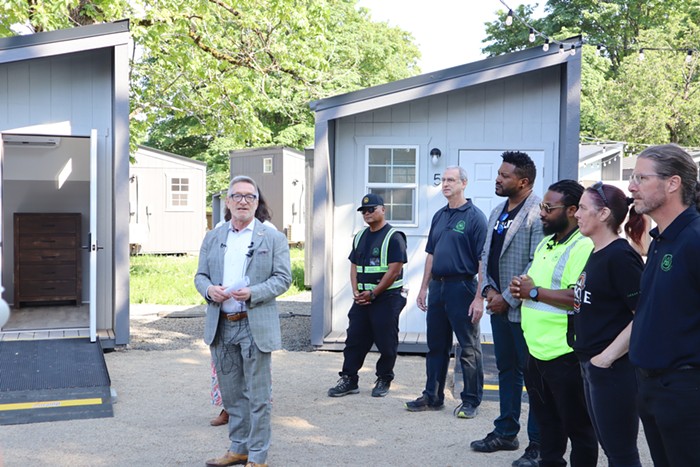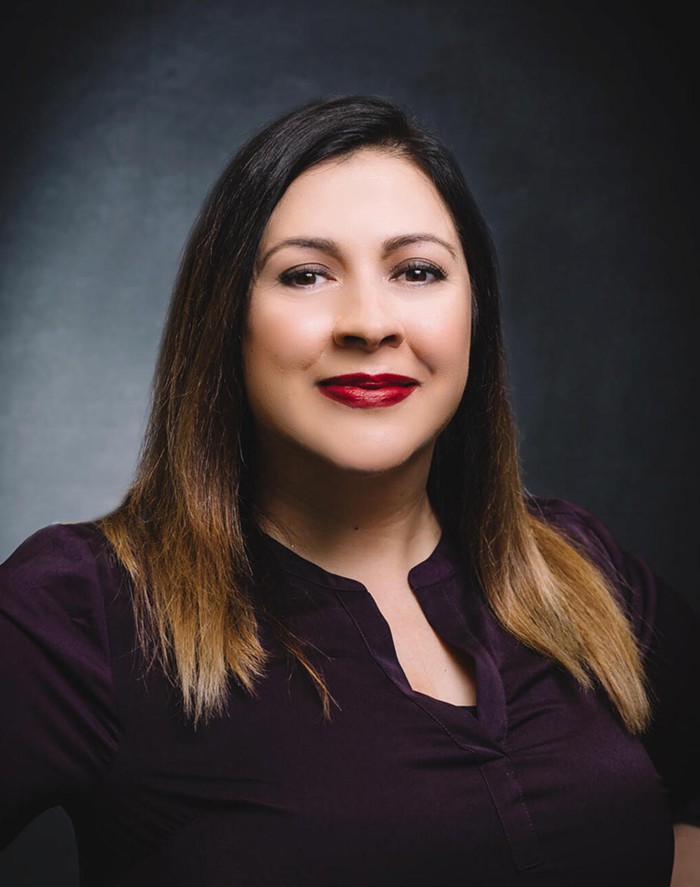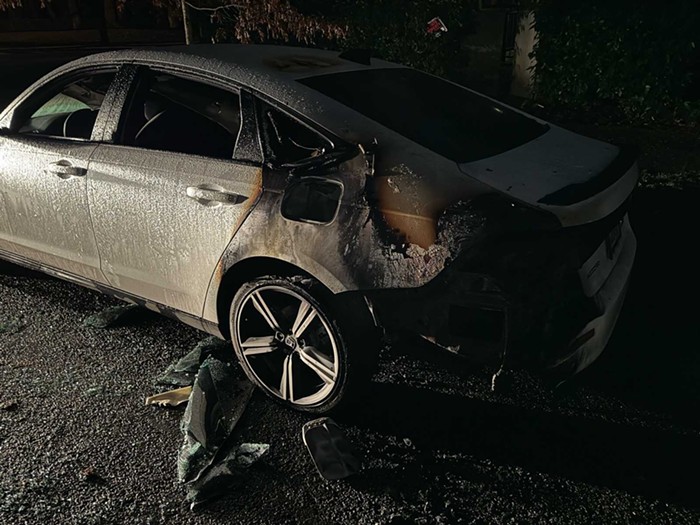Update, Tuesday March 10, 11 am: During a Monday afternoon press conference, Dr. Dean Sidelinger, state health officer and epidemiologist, told reporters that the state has tested 231 people for COVID-19, with 14 people testing positive for the virus, 165 testing negative, and 52 tests still pending results. He did not know, however, how many testing kits the Oregon Health Authority still had on hand after receiving 1,500 tests from the Centers for Disease Control and Prevention (CDC) more than a week ago.
The Oregonian confirmed Monday evening that OHA had about 130 tests remaining which—because of the testing process—only covers tests for about 65 people.
Sidelinger said he was confident OHA would be receiving a number of COVID-19 tests from the CDC “in the next few days.” He could not confirm how many tests OHA is expecting.
Sidelinger was joined Monday by Dr. Jennifer Vines, the Tri-County health officer for Multnomah, Washington, and Clackamas counties.
"With no vaccine and no treatment, we have two goals right now," Vines said. "The first is to slow the spread of the virus enough to keep our health systems running, so they can offer life-saving care to those who need it, when they need it. Second, is we need to protect the elderly and the medically fragile, because it is increasingly clear that these individuals are at high risk of serious complications and death.”
Vines also emphasized that the virus is only transmitted through surfaces or droplets from someone's cough or sneeze—not the air. She said that's why OHA isn't sharing information about where the 14 sickened people physically went in the community before showing signs of COVID-19.
"In this case, we're focusing public health resources on those we think are highest risk," said Vines. "So that’s generally household-level contact or close social contact. A bus ride, those waiting in hospital waiting rooms that are being cleaned regularly... those types of exposures we generally would not consider high risk. Our emphasis is more around taking everyday precautions [rather] than limiting people's focus on where we think the virus might be."
Later Monday afternoon, the state legislature approved $5 million to support the statewide COVID-19 response.
According to a state press release announcing this decision, “This allocation will increase the amount of federal funds available for statewide coronavirus response, if the federal government allocates funding to Oregon.”
Update, Monday March 9, 12:30 pm: On Sunday, Gov. Kate Brown declared a state of emergency after the number of confirmed COVID-19 cases in Oregon reached 14. One of those cases is being treated in Multnomah County: A patient at OHSU tested positive for the illness over the weekend.
By declaring a state of emergency, Brown is allowing the Oregon Health Authority (OHA) to activate its reserves of emergency health care volunteers. Brown is also asking the Oregon Emergency Board—a group of lawmakers that controls emergency funds outside of regular legislative sessions—to dedicate $5 million to help with the state's response to the coronavirus.
OHA is not currently advising school shut-downs or event cancellations. Read more on the latest updates from OPB.
Original story, originally published March 5:
State and county health officials are urging Portlanders with mild symptoms of COVID-19 to stay home until they have been symptom-free for at least 24 hours—but not to go to the doctor.
“We hope they don’t seek care,” said Dean Sidelinger, the state health officer for the Oregon Health Authority (OHA), said at a press conference Thursday afternoon. “That way we reserve our healthcare system… for those that need it most.”
Three Oregonians have so far tested positive for the coronavirus, including two in nearby Clackamas County. Sidelinger and Jennifer Vines, the tri-county health officer for Multnomah, Washington, and Clackamas counties, offered updates and advice during Thursday’s press conference.
Right now, OHA has the supplies and lab capacity to test about 40 people per day, though they expect to see that number increase in coming weeks as federal funding and other resources become available. Because of the state’s current finite testing capacity, OHA is prioritizing testing patients who show coronavirus symptoms and have been hospitalized for serious viral pneumonia, and have tested negative for the flu. Otherwise healthy people with mild symptoms will not be tested.
“Stay home if you are sick,” Vines said. “Please only seek healthcare if you otherwise would.”
For a healthcare provider to collect a testing specimen, Sidelinger said, they need to have the correct type of medical mask, and keep the room where the specimen was collected empty for two hours afterward in order to decrease the risk of spreading infection. Once they collect the specimen, they send it to OHA’s testing lab in Hillsboro.
Sidelinger added that he hopes to see commercial and academic labs start to also test specimens within the next two weeks—something he says will help “spread out that burden” currently being shouldered by OHA.
Governor Kate Brown’s office announced Thursday that it had reached a deal with most of the state's major insurance providers, who will waive all co-pay costs for people who need coronavirus testing. Those insurers will also waive costs for COVID-19 immunization, should it become available in the future.
Beyond staying home if sick, Sidelinger and Vines emphasized using common-sense health guidelines, like washing your hands and not touching your face, to avoid spreading infection.
“Those simple actions are some of the best things we can do right now,” Sidelinger said.
Vines said that her office has received many questions from concerned residents wondering if they should cancel events or close schools. She said that “as of right now, COVID-19 is not severe enough or widespread enough to proactively implement preventive school closures or cancel community events.”
Vines added that she expects the spread of coronavirus to be “similar to a bad flu season.” That could result in a strain on local healthcare resources, and put added pressure on long-term care facilities, jails and prisons, homeless shelters, and other places where many people are housed under one roof. OHA and the county are working with those facilities to determine the best protocol, she said.
Some things are still unknown about COVID-19—exactly how long one is contagious after experiencing symptoms, for example. But Sidelinger pointed out that at least “four out of five people” who contract the virus regain their health without needing medical attention.
“As we learn more about this virus,” he said, “one thing that seems to hold true is the vast majority of people have mild symptoms and recover without any interventions.”



















